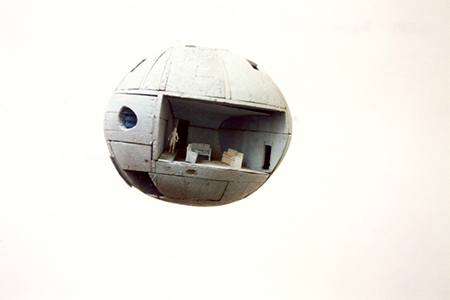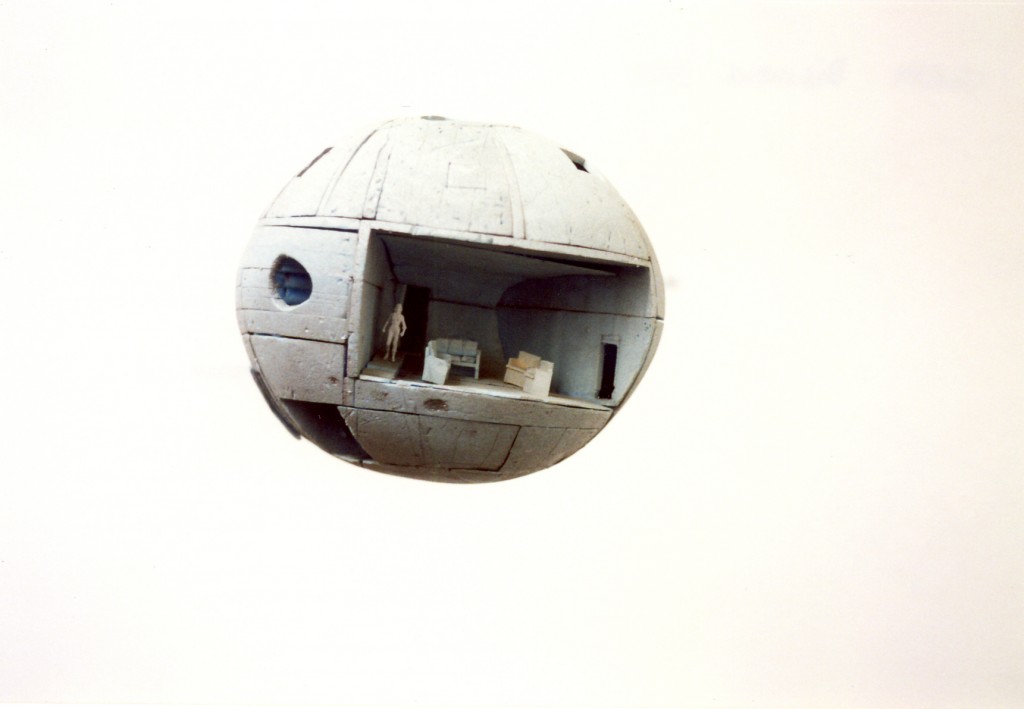di Kristian Fabbri
Introduction
The distinction between humanistic and scientific knowledge put forward by Charles Percy Snow, has largely become outdated. It is no longer applicable to a number of different fields of science and humanities, which have merged and given rise to new disciplines. An example of this would be neuroaesthetics, or the relationship between biology and cognitive sciences, and countless others.
Architecture has a lot in common with the humanities, in particular history, philosophy (especially aesthetics) and even law, but it also shares aspects of technical and scientific knowledge and is characterized by its own scientific method, based on observation, experimentation and theory.
In architecture, the relationship between technology and artistic expression differs considerably from many other fields. Let’s think, for example, about the segregation of knowledge that exists between two disciplines such as the chemistry of paint and the art of painting. In architecture, the modification of the territory (i.e. buildings) is not a natural phenomenon, and as such it cannot be studied with the purpose of deriving laws and theories from it; nor is it a tool used with the intent of reproducing a natural phenomenon.
In his book “The Two Cultures and a second Look”[1], C. P. Snow identifies two main motivations in the scientific culture of progress: “one is a natural word understanding, the other is a control over them”. The practice of building makes use of both: the understanding of the ‘world-of-natural-phenomena’, of space and the interaction between objects, of the characteristics of materials and their “assembly” in the creation (and perception) of shapes as a meaningful element.
At the same time building means changing the natural-world, which is the object of our perception and ‘building-of-reality’[2]. This is done though a sufficient modification and control exerted on the natural-world, or at least part of it, in order to make that set of natural phenomena fitting for “human nature”.
In this way nature and the modification of the territory introduced by man become natural, because they are perceived as landscape from the human point of view. Man is the subject who ‘building-of-reality’, making a distinction between what is built and what is not built, i.e. nature, but also between what is built and understood as human-natural (villages) and as artificial (the non-places).
The distinction between nature and non-nature is made on the basis of the degree to which it is habitable by man, through choice of location and building.
The control exerted by man on the environment is obtained by organizing, building and defining space to minimize negative factors for the senses (sight, hearing, smell, taste, touch, proprioception, interaction with others and with objects) and to make that space suitable for permanent habitation.
In his book “The Nature of Technology. What It Is and How It Evolves”[3], W. Brian Arthur tries to define what technology is, and puts forward a definition of technology as “a scheduling of phenomenon in order to achieve another target”.
This is what architecture is really for. It isn’t just technical knowledge about building: it is about giving shape to things in order to achieve a specific purpose. Brian Arthur highlights the difference that exists between science and technology by showing that scientists use technology in order to advance in their knowledge of the laws of nature, and even when they focus on technology itself they only do so in order to improve the technological instruments which they use to confirm or confute scientific theories and laws.
Technology in architecture is not the same as in engineering, because building technology, engineering physics, etc. are not the only ‘tools-to-do-something’ used by architecture.
Among the ‘tools-to-do-something’ used in architecture there are also architectural composition, the spatial distribution of volumes and functions, but also the history of architecture, without which it would not be possible to know the characteristic elements of the regional and historical context in which architecture operates.
In W. Brian Arthur’s definition, technology is described as being made up of subsystems and components which are combined to achieve a goal. Each of these components is, in turn, independent and functions towards the achievement of a specific goal. Building technology is not meant to support the making of a device, or the altering of the territory. The risk of this approach would be to misinterpret the history and the ‘morphogenesis’ of the architecture of places, and only recognize the architecture of styles, in a historicized way, thus labeling architectural typology as a ‘cultural phenomenon’.
If we refer back to the renown paper by Heidegger [4] on the nature of technology, we find that technique is a way of ‘dis-cover’ and the place is such when you inhabit it, that is, when you build it. ‘To-do-architecture’ is a specific mode of knowledge, in which scientific notions such as the study of objects and the understanding of their functioning go hand in hand with the knowledge of words, the use of words and of representation, even graphical representation, in defining the finalities and modalities of understanding architectural shapes.
The practice culture
Architecture does not rightfully belong to either the sciences or the humanities, nor can it be considered a subset originating from the merger of the two cultures.
Architecture is about doing something. As such, my proposal is that it should be considered as part of a ‘practice-culture’ (‘cultura fattuale’ from latin “facere” means “to put into action”).
Practice-culture, unlike the humanities or the sciences, which contemplate or investigate the world, acquires knowledge by modifying the world-of-natural-phenomena, the same world which is the object of contemplation for humanistic culture and of inquiry for scientific culture.
Scientific knowledge is characterized by being predictive (‘predittivo’ from Latin praedicere “to say before”). For example we can predict where a projectile will land if we know the laws of motion and the initial parameters.
‘Practice knowledge’ makes use of this predictive aspect through a design (‘progetto’ from Latin pro-icere “to cast forward”) which is not the same as “to say before”. An architectural design introduces changes that will lead to variations, and studies such variations which can lead to construction (of a building), to the conservation of the building (restoration) or to the modification of the rules of construction (regional planning). Every one of these is a project in that it predicts the modifications by acting on the factors that influence those same modifications: construction, restoration and conservation and the rules of regional planning.
In practice-culture, knowledge is acquired only through the modification of the world, or the project-prevision of such modification. Producing a change in the object of observation is what allows us to know the object of observation. Thus there is no indetermination due to an experiment, because there is no experiment that can be replicated; modification leads to a knowledge of the ways and rules, variable or invariable as they may be, through which the object of observation of practice-culture changes status.
The transformations and changes of the world produced by scientific knowledge are carried out through technology, but the “transformation” derived from science is a consequence of science, not the way in which science acquires knowledge. Science, by definition, advances in its knowledge of the world by carrying out an experiment, which has to be reproducible, and by formulating a theory.
Kristian Fabbri is adjunct Professor of Faculty of Architecture University of Bologna.
Notes and References
[1] Snow C.P. “The Two Cultures and a second Look”, 1963,
[2] Bellone.E “Qualcosa là fuori”, Codice Edizioni, 2011, Torino (Italy)
[3] Brian A.W. “The Nature of Technology. What It Is and How It Evolves”, 2009, Free Press, New York (USA)
[4] Heidegger M. “The Question Concerning Technology” in Heidegger M. “Basic Writings”, 1993 Harper Collins, New York (USA)
17 febbraio 2013


